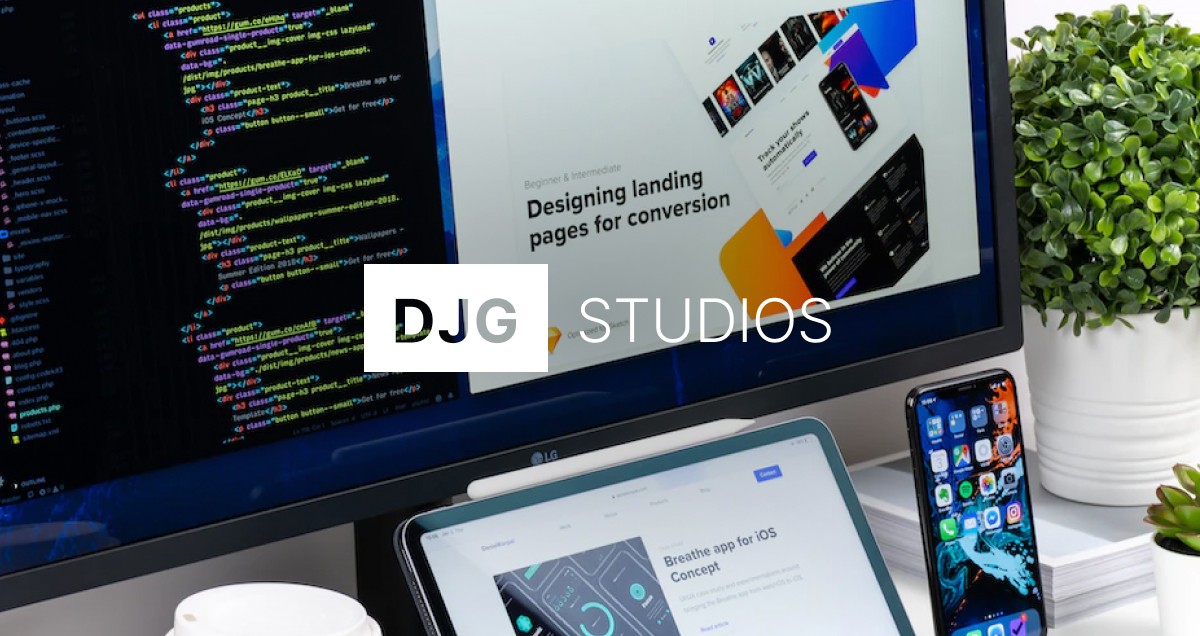Mastering Block‑First WordPress Development: Why It’s the Future in 2025

WordPress is no stranger to evolution, and in 2025, one thing is clear: block-first development isn’t just a trend it’s becoming the new standard.
At Devignify Studio, we’ve seen a growing demand for modern WordPress websites that are fast, flexible, and easier to maintain. And the shift to block-based development is playing a big role in that transformation.
In this post, we’ll walk you through what block-first development is, why it matters, and how your business can benefit from it.
What Is Block‑First WordPress Development?
Block-first development means designing your WordPress theme and editor experience entirely around the block editor (Gutenberg). It leverages features like:
theme.jsonfor global style configurationNative full site editing (FSE)
Custom Gutenberg blocks (built with React or ACF)
Template parts and reusable patterns
Gone are the days of bloated page builders and hacked-together layouts. Block-first sites are structured, clean, and future-proof.
Why Block‑First Is Gaining Traction in 2025
Several key changes in the WordPress ecosystem have made block-based development more practical and more powerful:
Improved Developer Tooling: Better block APIs and modern workflows make it easier than ever to build custom blocks with JavaScript, React, and SCSS.
Full Site Editing: With themes now fully manageable via blocks, designers and developers can hand over more control to clients without sacrificing quality.
Performance: Less reliance on third-party plugins and builders means faster load times and better Core Web Vitals.
Design Consistency:
theme.jsonenables unified styling across blocks, templates, and patterns.
A Typical Block‑First Workflow at Devignify
Here’s how we’re building WordPress sites at Devignify Studio today:
Discovery & Design – Wireframing layouts with the block structure in mind.
Theme Setup – Using a custom
theme.jsonfile to define typography, spacing, colours, and responsive behaviour.Custom Blocks – Developing tailored components using ACF Block or native React blocks for dynamic functionality.
Full Site Editing – Allowing clients to manage everything from headers and footers to landing pages via block templates.
Performance & SEO Pass – Optimising block output and ensuring semantic, accessible HTML.
The Benefits for Your Business
Why should businesses care about this shift?
Lower Maintenance Costs: No need for third-party page builders or bloated plugins.
Easier Updates: Structured themes make long-term updates simpler.
Editor Flexibility: Clients gain more control without breaking layouts.
Modern User Experience: Clean, performant websites that meet today’s UX and SEO standards.
Real Results, Real Value
At Devignify, we’ve rebuilt several client sites using the block-first approach and the feedback has been overwhelmingly positive.
One client saw their bounce rate drop by 28% after moving from Elementor to a lightweight block-based setup. Another reduced average page load time from 4.1s to 1.9s with no extra caching plugins.
Block-first development isn’t just a buzzword. It’s a smarter, more sustainable way to build WordPress sites. Whether you're a small business owner or a scaling eCommerce brand, this approach gives you the flexibility of modern design with the reliability of native WordPress features.
Published on
July 17, 2025




